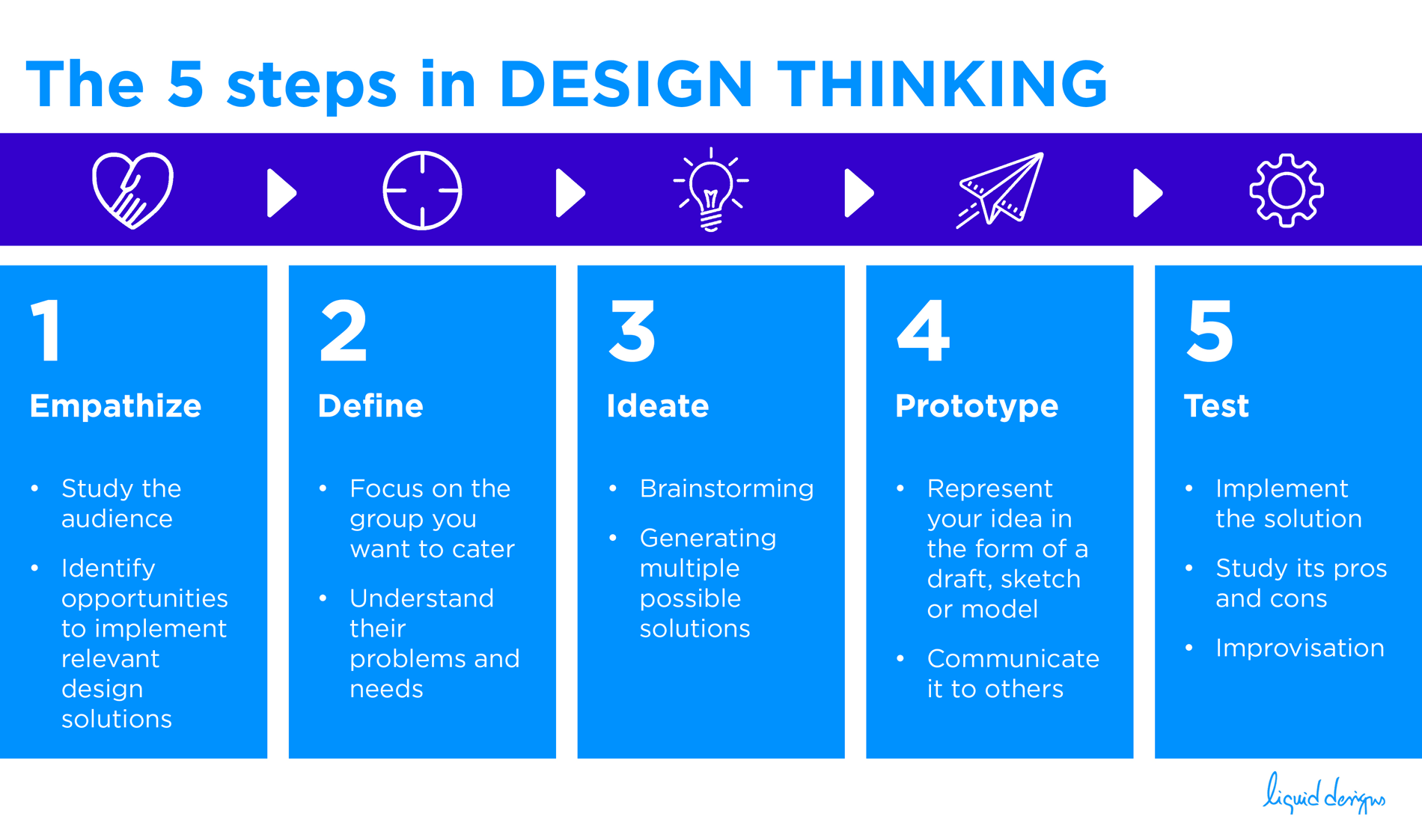Some Swedish brands have emerged as an exemplar by following the design thinking approach. Most of the legendary companies have developed systems inspired from the basic principles of design thinking which they apply in all their internal design operations. The following Swedish brands present their ideology on picking up design thinking as their tool over any other.
Initially, it was implemented in San Jose for the product development units. Later, observing its success, it was splintered into various other elements that included a funding model, internal innovation consultants, incubation processes for conversion of ideas into products and collaborative ecosystems to team up with universities.
Formulated in 2010, Innova had already acquired 6000 users and more than 4000 ideas by 2013 out of which 5 qualified to be developed into real products.
“It was one unit introducing design thinking in their organizational structure and it became an innovation practice. A practice that they now share with the whole company.” said Eric Chang, head of strategy & operational development in Ericsson North East Asia R&D.
Electrolux used a metric system to study unfulfilled consumer needs and how the products were designed. It switched from conducting market surveys and began to actually visit consumers at their homes and observe the way they use their appliances.
This approach helped Electrolux to revamp the boxy white appearance of their home appliances into better designs and aesthetics. The same design thinking process was applied to redesign other older products also.
“It’s not purely about price and performance anymore. It’s about the satisfaction people get out of the products. Now, people want their personalities to be reflected by their appliances,” said Henrik Otto, Electrolux design chief.
Oriflame is already progressing well on online media and believes that this partnership will be helpful for its digital business transformation.
We have implemented IBM Design Thinking techniques to help build solutions that deliver a better user experience. We’re very confident that this will bring a customer-oriented focus to the delivery of IT and financial services for Oriflame,” said Anita Karlsson-Dion, VP Client Services, IBM Global Business Process Services.
IKEA, by paying keen interest in the design thinking processes came up with furniture created in a way that it was easy for the user to transport and gather. It emerged as a successful user-friendly product worth the price it was offered for. Practically, it became very convenient for the customers to pack and ship it.
“A lot of the time the product developers have a designer’s degree, so they are educated as designers. They don’t work as designers but lead the projects from a design thinking point of view.” shared Marcus Engman, head of design, IKEA.
In order to improve the efficiency of the team, Stanley visited 20 leading companies in the software industry to explore their design thinking. His study was recorded in 2 notebooks which structured the way his team works today.
I now try my best to always ensure there’s a demand for the problem before supplying any solutions,” said Stanley Wood.
The success of these Swedish brands lies in the fact that they put consumer needs on the first place. The first step in the design thinking process begins with empathy that aligns the entire process with a focus to solve consumer problems. More than just creating a product, service or design, it is more about providing an innovative and fresh solution to a problem. Design thinking is a vehicle that leads to innovation. Such designs make it worth for the audience to possess them. They foster profitability and growth not just to the business but to the entire society.
